Archives
- 2025-11
- 2025-10
- 2025-09
- 2025-03
- 2025-02
- 2025-01
- 2024-12
- 2024-11
- 2024-10
- 2024-09
- 2024-08
- 2024-07
- 2024-06
- 2024-05
- 2024-04
- 2024-03
- 2024-02
- 2024-01
- 2023-12
- 2023-11
- 2023-10
- 2023-09
- 2023-08
- 2023-07
- 2023-06
- 2023-05
- 2023-04
- 2023-03
- 2023-02
- 2023-01
- 2022-12
- 2022-11
- 2022-10
- 2022-09
- 2022-08
- 2022-07
- 2022-06
- 2022-05
- 2022-04
- 2022-03
- 2022-02
- 2022-01
- 2021-12
- 2021-11
- 2021-10
- 2021-09
- 2021-08
- 2021-07
- 2021-06
- 2021-05
- 2021-04
- 2021-03
- 2021-02
- 2021-01
- 2020-12
- 2020-11
- 2020-10
- 2020-09
- 2020-08
- 2020-07
- 2020-06
- 2020-05
- 2020-04
- 2020-03
- 2020-02
- 2020-01
- 2019-12
- 2019-11
- 2019-10
- 2019-09
- 2019-08
- 2018-07
-
Western blotting and flow cytometry was employed to
2020-12-07
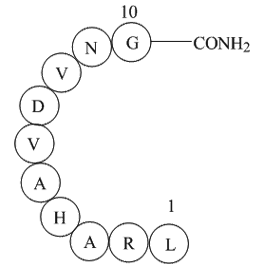
Western blotting and flow cytometry was employed to assess the DNA-PK inhibition of LTU28 and LTU31 in combination with radiation. It has been previously reported that phosphorylation of DNA-PKcs at the Thr2609 cluster plays an important role in DSB repair and resistance to radiation (Ding et al., 2
-
Cdc which is involved in filopodium formation and Rac
2020-12-07
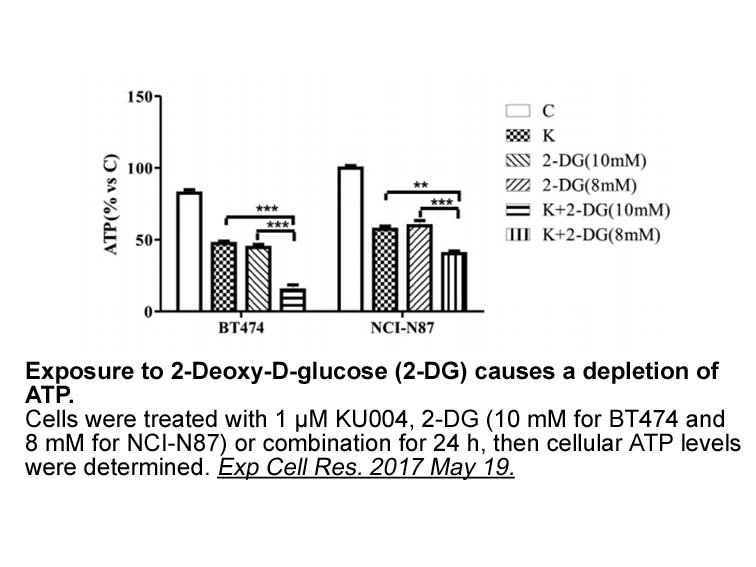
Cdc42, which is involved in filopodium formation, and Rac1, which is involved in lamellipodium formation, engage in cross-talk with one another [25,26,30,31]. In general, filopodium formation precedes lamellipodium formation, and filopodium formation (Cdc42 activity) suppresses lamellipodium formati
-
The preferences for source of
2020-12-07

The preferences for source of FAs for DGAT1 and DGAT2 are related to their membrane topologies, subcellular locations, interactions with other proteins or organelles (discussed in the former section), and their differential expression, substrate specificities, and enzyme kinetics. According to UniPr
-
Multiple protein species are known to naturally exist
2020-12-07
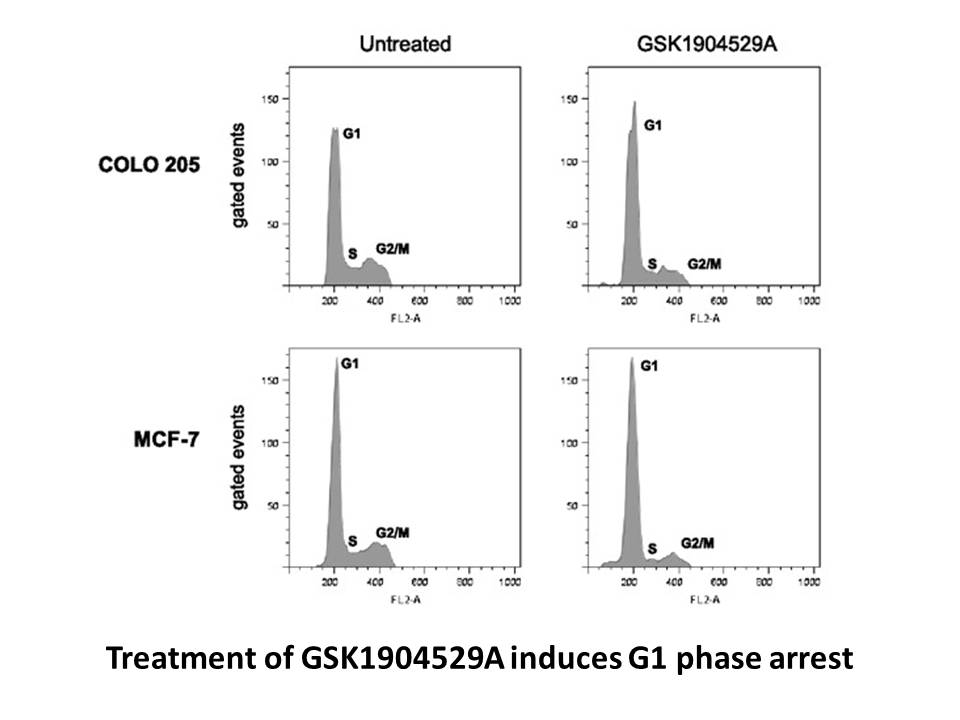
Multiple protein species are known to naturally exist for the transmembrane receptors DDR1 and DDR2. Five splice variants have been characterized for DDR1 (“a” through “e”). The d and e isoforms lack the intracellular kinase domain of DDR1. The splicing of DDR1 to various extents has been reported i
-
3,4-DAA australia br Materials and methods br Acknowledgment
2020-12-07

Materials and methods Acknowledgments Introduction Proton pumps convert the energy of high-energy compounds into the 3,4-DAA australia of protons across biomembranes. They play two physiological roles: pH regulation and the formation of proton-motive forces in their membranes. The simplest
-
Signal transduction through IL c
2020-12-04
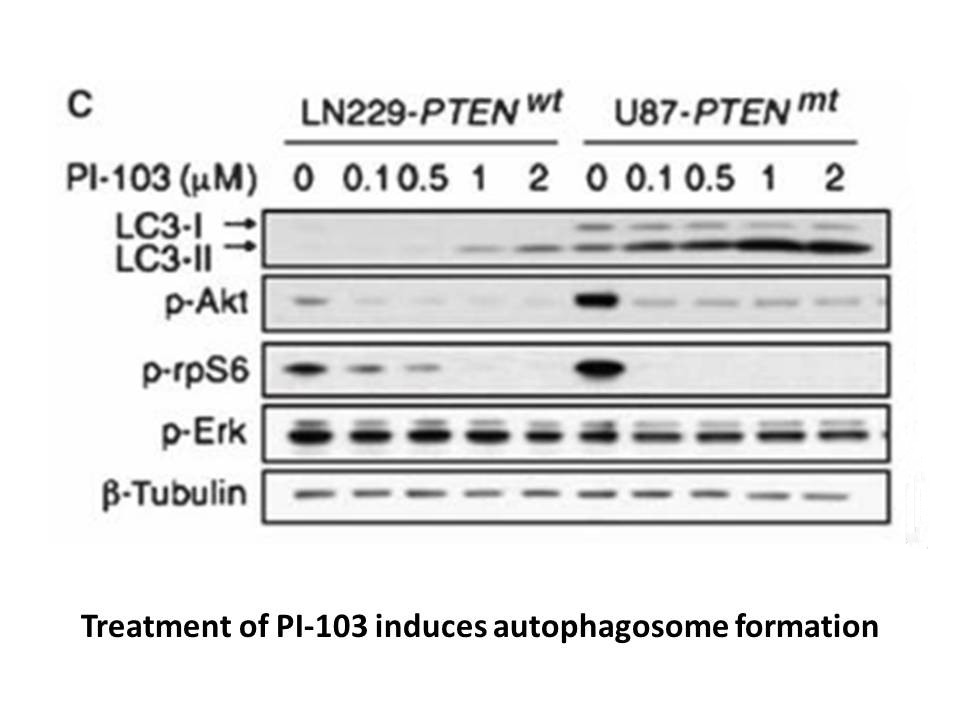
Signal transduction through IL-34/ c-FMS ligand receptor also leads to the differentiation, survival and, angiogenesis, proliferation, adhesion and migration of cells of the monocyte/macrophage lineage similar to that of CSF-1 through the various pathways-First is through FAK (Focal Adhesion Kinase)
-
The importance of G S phase progression to the formation
2020-12-04
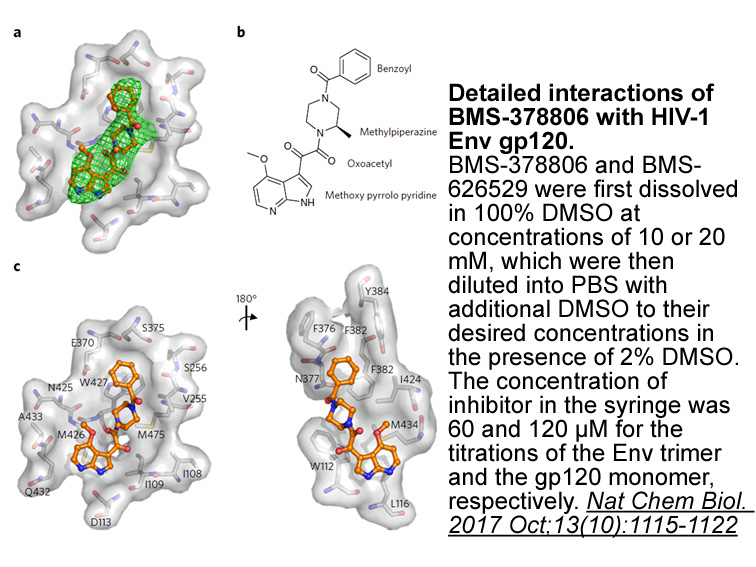
The importance of G1–S phase progression to the formation of malignant tumors has been highlighted by the high incidence of aberrations in the genes involved in this progression in a wide variety of tumors. p27Kip1 is a member of the Cip/Kip family of cyclin-dependent kinase inhibitors (CKI). Its ro
-
Koumine mg In this study for the first time we demonstrated
2020-12-04

In this Koumine mg study, for the first time, we demonstrated that herb-derived LFS-01 induces concomitant mitophagy and apoptosis in lymphoma cells. Through various biochemical studies, we showed that LFS-01 directly targets the sulfhydryl (-SH) group of a conserved cysteine in the nuclear export
-
In rats exposed to day of nicotine withdrawal h after
2020-12-04
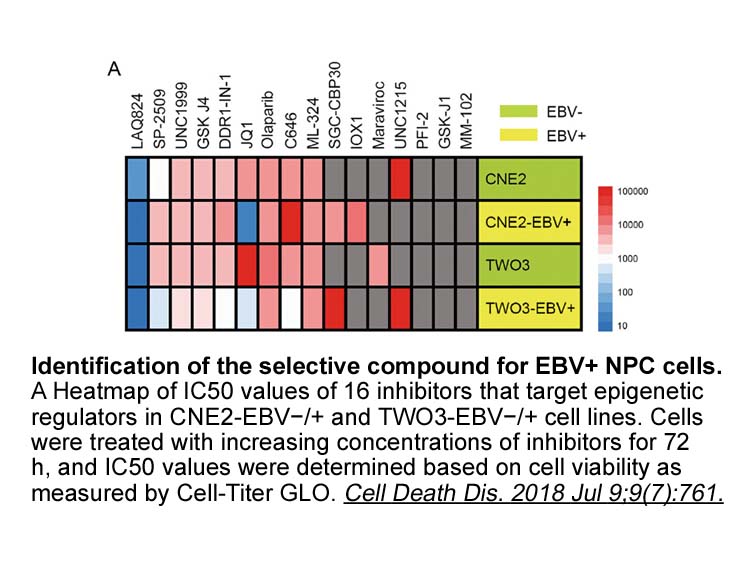
In rats exposed to 1 day of nicotine withdrawal (24 h after the last nicotine administration) we expected a decrease of general locomotor activity and a decrease of global striatal dopamine release, which were assessed in a previous study following 14 days of nicotine exposure and 24 h of nicotine
-
Following mutagenesis of the glucarpidase gene of
2020-12-04
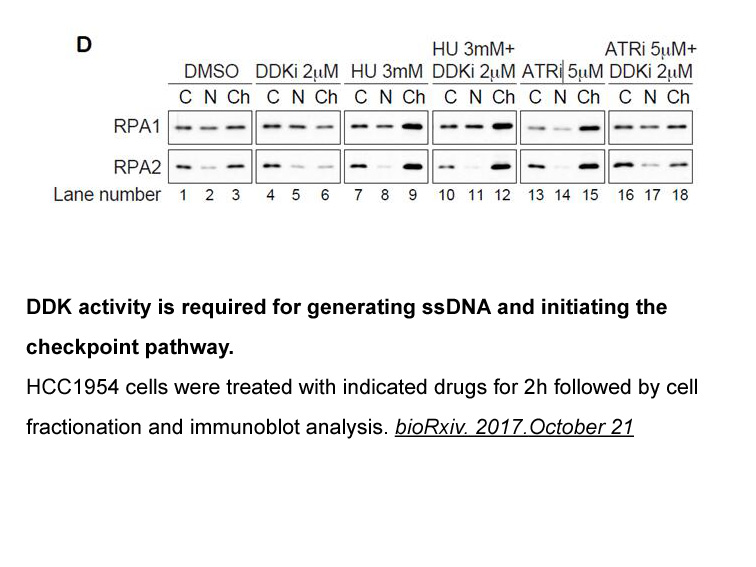
Following mutagenesis of the glucarpidase gene of Pseudomonas sp. strain RS-16 [30], approximately 73% of the clones retained enzyme activity, as indicated by the clear zones and yellow precipitate surrounding their colonies. However, there were very few that had ‘halos’ around colonies that were da
-
Table presents results for estimation of Eq
2020-12-04
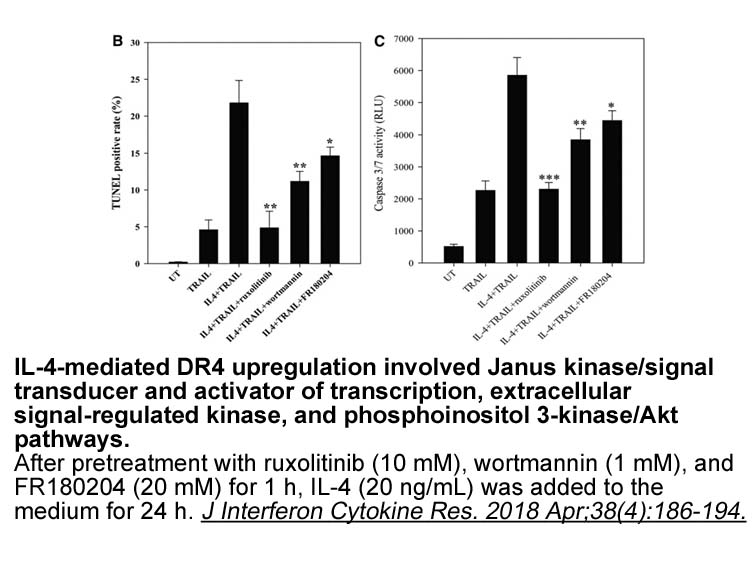
Table 4 presents results for estimation of Eq. (1) using ACTR and SUWE to compare the incidence of attempting the exam between programs. We find alumni are more likely to attempt the exam if they opposite do not hold another professional certification, have worked for an accounting firm, have a high
-
In the current study although EP agonist was the
2020-12-04
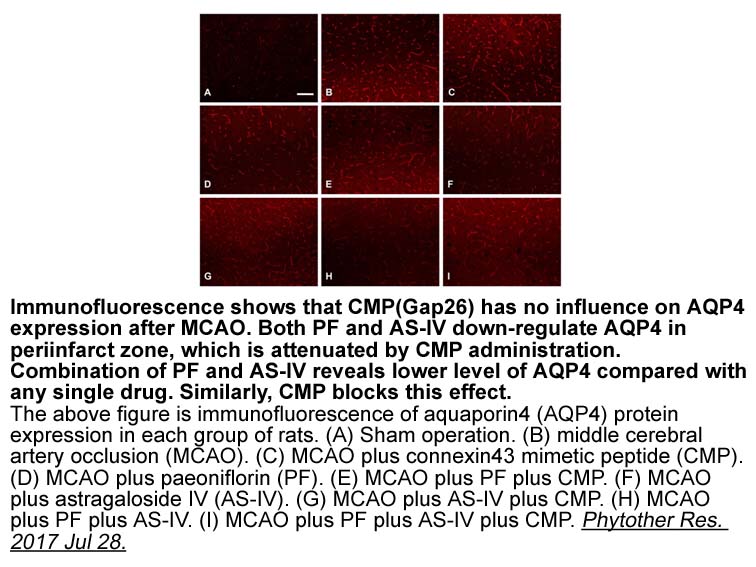
In the current study, although EP4 agonist was the most effective in relaxing corpus cavernosum, it did not affect the neuronally-mediated relaxation. On the other hand, both alprostadil and iloprost, which were less effective as direct relaxants, potentiated EFS-induced relaxation of rat corpus cav
-
Survival analysis has been widely used in medical science
2020-12-04

Survival analysis has been widely used in medical science, economics, finance, and social science, among others. In many studies, survival data have primary outcomes or responses that are subject to censoring. The Cox model [7], [8] is the most commonly used regression model for survival data, and t
-
The best preserved individuals were selected for isotope ana
2020-12-04
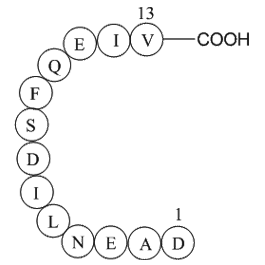
The best preserved individuals were selected for isotope analysis of diet (Table 2). These represent 21 individuals including four subadults: two young children aged between 1.5 and 2.5 years old, one child between 7 and 11 years old and one adolescent (12–16 years old), and 17 adults including six
-
AG-14361 To avoid the difficulty of the nonsmooth
2020-12-04
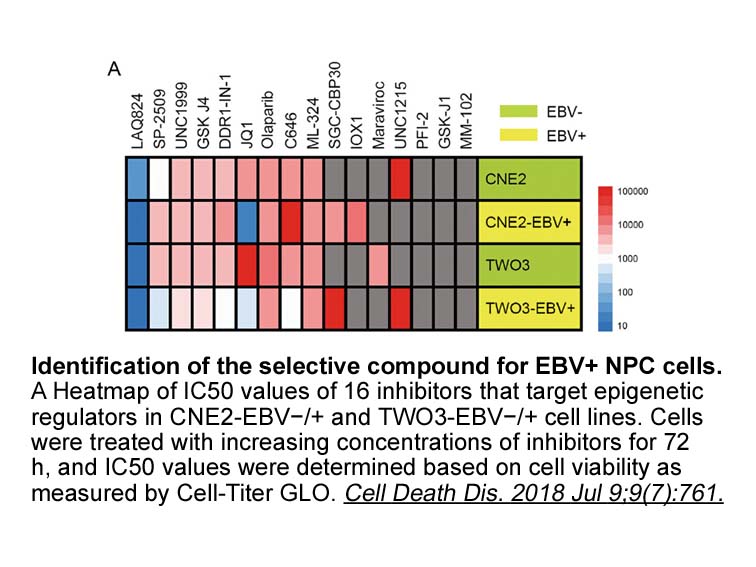
To avoid the difficulty of the nonsmooth constraints, a sequence of smooth problems by using smoothing functions have been progressively approximated this nonsmooth problem. To date, there have been many smoothing functions, such as perturbed Fischer–Burmeister (FB), Chen–Harker–Kanzow–Smale (CHKS),
14283 records 720/953 page Previous Next First page 上5页 716717718719720 下5页 Last page